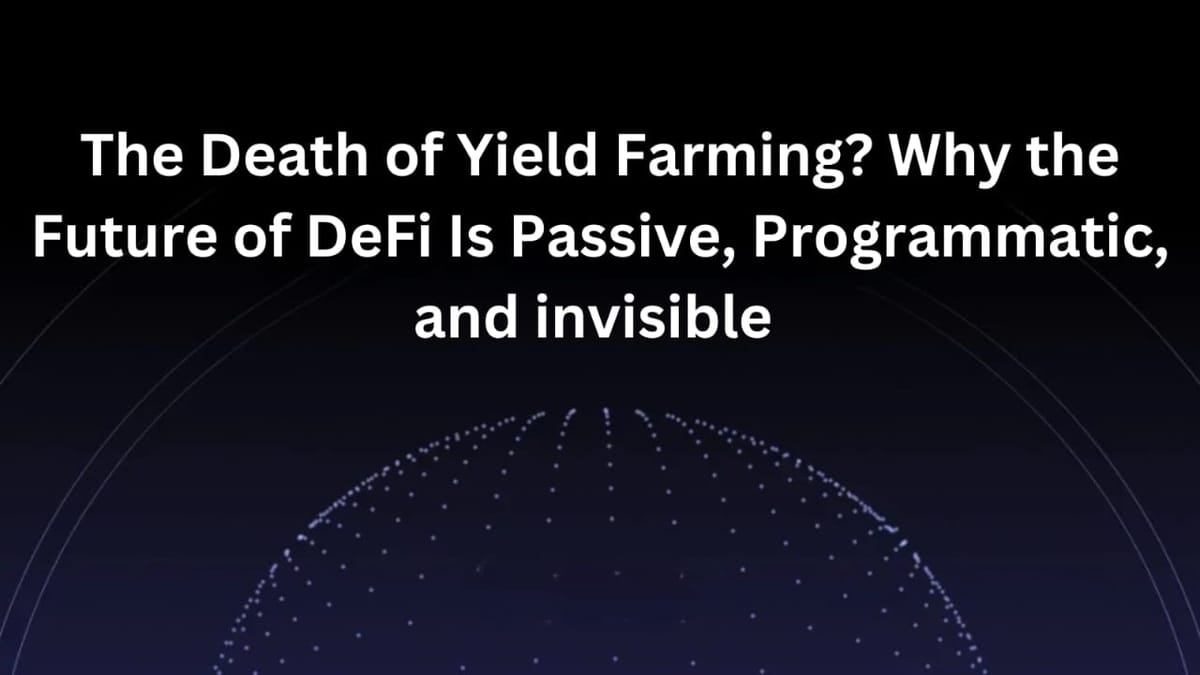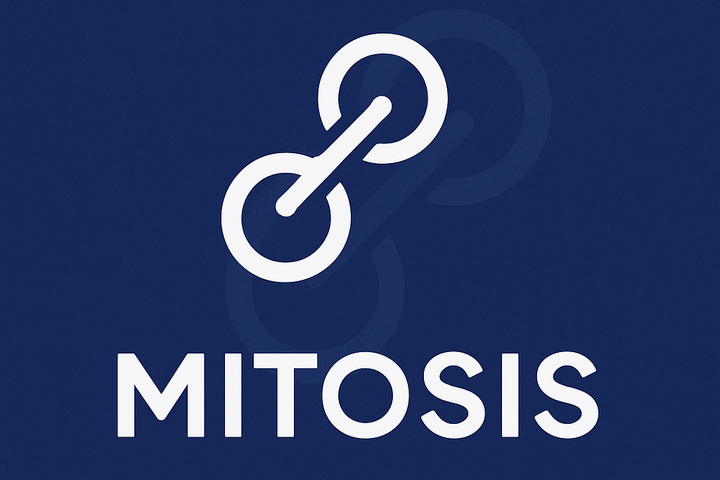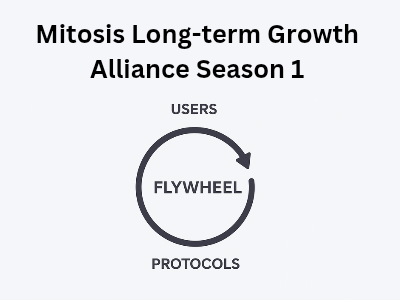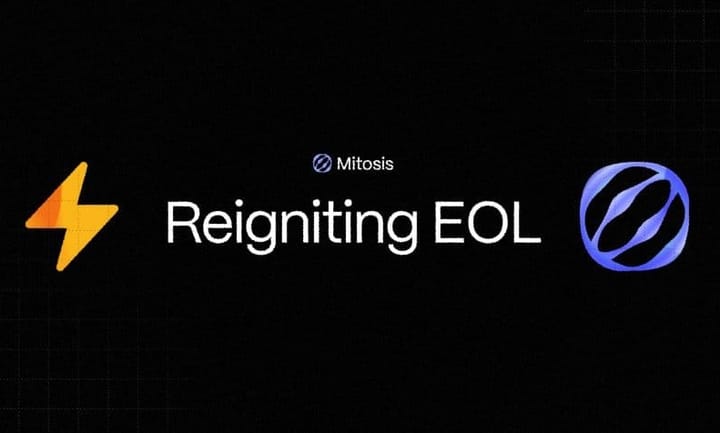The Death of Yield Farming? Why the Future of DeFi Is Passive, Programmatic, and Invisible

Decentralized Finance (DeFi) has ushered in a new age of financial innovation, empowering individuals globally to engage in open, permissionless markets. Early on, yield farming rapidly captured imaginations and capital promising outsized returns that seemed almost too good to be true. But as the sector matures, the exuberance around high-risk yield farming is waning. Fatigue has set in. Users are now craving stability, sustainability, and simplicity.
In this article, we explore why the death of traditional yield farming might not be an end but rather the dawn of a new era in DeFi, one where financial returns are passive, programmatic, and mostly invisible to everyday users. We’ll dissect the causes behind the current fatigue, the shift toward real yield and protocol-owned liquidity, and how the future of DeFi could look as a seamless financial infrastructure working quietly in the background.
1. Yield Farming: The Rise, The Hype, and The Exhaustion
Yield farming, sometimes called liquidity mining, exploded onto the blockchain scene around 2020. Its premise was straightforward but powerful: investors deposit or “stake” cryptocurrencies into decentralized protocols and, in exchange, earn rewards often denominated in governance tokens or native assets.
Protocols like Uniswap, Aave, and Compound Finance popularized yield farming by offering incentives aimed at bootstrapping liquidity. Suddenly, “farming” became synonymous with chasing high Annual Percentage Yields (APYs), sometimes reaching thousands of percent in the short term.
However, alongside the allure came significant risks:
- Volatility and Impermanent Loss: Tokens rewarded often faced price volatility, making actual returns unpredictable and sometimes negatively impacting users' principal.
- Smart Contract Risks: Vulnerabilities in newly deployed or unaudited protocols led to exploits and losses.
- Unsustainable Incentives: High token emissions were designed as temporary marketing plays, which led to sharp yield declines and liquidity flight when emissions tapered off.
- Complexity and Gas Costs: Users had to manage complicated strategies, often interacting with multiple smart contracts, leading to costly transactions and increased friction.
As a result, many early yield farmers have grown weary. The combination of unpredictable returns, rising transaction fees, and occasional protocol failures have generated widespread fatigue among retail and professional DeFi users alike.
"The era of chasing the highest APYs is giving way to a more mature DeFi ecosystem focused on sustainability, security, and usability," says DeFi analyst Alex Johnson.
2. What is ‘Real Yield’ and Why Does It Matter?
“Real yield” refers to income generated from organic, economic activities such as fees from users or lending interest, rather than from freshly minted tokens or incentives. This concept is crucial as it defines sustainability in the DeFi realm.
Protocols that rely heavily on token emissions for yield often face “rug pull” dynamics when incentives dry up, causing tokens to lose value and liquidity to vanish. Real yield models derive returns from user activity and genuine economic utility, thus promoting long-term health.
Examples of real yield include:
- Trading Fees: Decentralized exchanges (DEXs) like Uniswap generate income from transaction fees split among liquidity providers.
- Borrowing Interest: Platforms like Aave and Compound earn interest from loans and share it with lenders.
- Protocol-Owned Liquidity: Protocols own their liquidity positions and collect fees directly, creating recurring revenue streams.
This emphasis on sustainable yield sources helps protect users from drawdowns resulting from yield crashes and improves the resilience of DeFi protocols.
3. The Rise of Protocol-Owned Liquidity (POL)
One of the revolutionary concepts gaining traction is Protocol-Owned Liquidity (POL), pioneered notably by protocols like Bancor and popularized in the Yearn Finance ecosystem.
POL’s premise is simple but powerful: instead of relying solely on external liquidity providers who can withdraw funds at any time, the protocol itself owns its liquidity by purchasing and holding tokens in its own reserves. This ownership enables the protocol to:
- Earn trading fees directly on the liquidity it owns, generating real yield for the protocol treasury and stakeholders.
- Reduce dependency on extrinsic incentives to attract third-party liquidity providers.
- Provide more stable liquidity and minimize impermanent loss risks passed on to users.
By internalizing liquidity ownership, DeFi projects can better align incentives, ensuring that profits flow to the protocol and its community over the long term, rather than fueling ephemeral yield chases.
“Protocol-owned liquidity is a game-changer. It stabilizes markets, provides real economic value, and builds sustainable ecosystems,” explains Linda Mei, Product Lead at DefiHub.
4. What Does Passive, Programmatic Yield Mean?
Passive yield refers to income earned with minimal ongoing effort or intervention by the user. Programmatic yield builds on this by automating and optimizing yield strategies through smart contracts and algorithms.
Unlike traditional yield farming, which often requires active management (selecting pools, staking, unstaking, and migrating assets), the new generation of DeFi focuses on “set it and forget it” models, where:
- Users deposit assets and let smart contracts automatically allocate capital across optimal protocols.
- Reinvestments, rebalancing, and claim of rewards happen seamlessly in the background.
- Risk management is baked in, dynamically adjusting exposure to minimize impermanent loss or liquidation risks.
This approach not only reduces user friction and transaction costs but also democratizes access to yield strategies previously available only to sophisticated traders.
Examples of programmatic yield include:
- Yield Aggregators: Platforms like Yearn Finance, Rari Capital, and Beefy Finance automate yield strategies across multiple protocols.
- Liquid Staking: Services that allow staking of assets while maintaining liquidity and compounding rewards, such as Lido or Rocket Pool.
- Automated Market Makers with Dynamic Incentives: DEXes that adjust liquidity pool incentives in real-time to optimize returns without manual user effort.
5. The Invisible DeFi: A Seamless User Experience
The ultimate vision emerging for DeFi is one where the complexities of blockchain yield management disappear almost entirely from the user's view. This "invisible DeFi" embeds decentralized financial services into everyday applications, wallets, and platforms in ways that:
- Automatically generate returns without requiring explicit user actions.
- Integrate with existing financial tools, allowing users to benefit from DeFi yields while handling familiar interfaces.
- Leverage programmatic logic to optimize earnings across multiple chains and protocols dynamically.
- Prioritize robust security and privacy while abstracting away blockchain technicalities.
For example, a wallet could silently allocate a portion of a user’s assets into the best available yield opportunities, compound rewards automatically, and periodically adjust positions as markets change all while providing transparent reporting and control options.
This would open the floodgates for mainstream adoption, attracting users who were previously intimidated by DeFi’s complexity or perceived risks.
6. What Does This Mean for the Future of DeFi?
The evolution towards a passive, programmatic, and invisible DeFi world carries profound implications:
- Better Security and User Protection: Reduced manual intervention decreases risk of user errors and exploits. Protocols will embed automatic safeguards and audits into yield mechanisms.
- Greater Capital Efficiency: Programmatic automation allows nuanced portfolio management and cross-chain asset optimization, advancing interoperability and composability.
- Sustainable Ecosystems: Emphasis on real yield and protocol-owned liquidity tightens incentive alignment, encouraging long-term growth and innovation.
- New Business Models: Financial products like credit, insurance, pensions, and savings accounts will leverage these invisible yield engines to offer compelling alternatives to traditional finance.
- Broader Adoption: Simplified user experiences eliminate barriers, bringing DeFi benefits to new demographics globally.
7. Challenges and Considerations
While promising, the transition to this new DeFi paradigm is not without challenges:
- Technical Complexity: Designing robust, secure programmatic yield strategies is technically challenging and requires rigorous testing.
- Regulatory Environment: Automated and embedded financial services may attract regulatory scrutiny that could shape future product designs.
- User Trust: Invisible yield means giving up some direct control, demanding high trust in protocols and transparency.
- Market Conditions: Real yield depends on organic user activity; a lack of economic volume can reduce returns.
Nevertheless, the DeFi community has historically shown resilience and creativity in overcoming such barriers.
Conclusion: A New Dawn for DeFi Yield
Yield farming's early days were marked by innovation, experimentation, and rapid capital flows. Now, as enthusiasm stabilizes, the sector must evolve beyond hyperactive speculation. The death of traditional yield farming is not the demise of earning in DeFi, it heralds a future where yields are generated quietly, sustainably, and intelligently.
In this future:
Users earn passive returns with minimal effort, supported by programmatic automation operating behind the scenes.
Protocols maintain healthy ecosystems through real yields derived from genuine economic activity and liquidity owned by the project.
DeFi is seamlessly integrated into everyday financial lives, invisible yet powerful.
This transformation aligns DeFi closer to its original promise, a more open, accessible, and resilient financial system where everyone can participate confidently. The next generation of DeFi is poised not to dazzle with crazy APYs but to deliver meaningful, sustainable returns for the masses.
OFFICAL LINKS
- Mitosis University
- Explore Mitosis Now
- Mitosis Documentation blog
- Join the Mitosis Discord Community
- Follow Mitosis on Twitter (X)
Resources to Explore More
- Yearn Finance — A leading yield aggregator with programmatic vault strategies.
- Bancor Protocol — Pioneer of protocol-owned liquidity and impermanent loss protection.
- Lido — Popular liquid staking solution for Ethereum and other assets.
- DeFi Pulse — Aggregated metrics and insights showcasing the health of the DeFi ecosystem.
- DeFi Llama — Multi-chain analytics offering detailed views on liquidity and yield farming.
- Vitalik Buterin's writings — Thought leadership on the future directions of DeFi and Blockchain scalability.



Comments ()